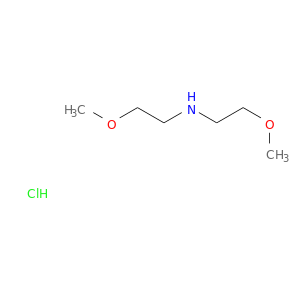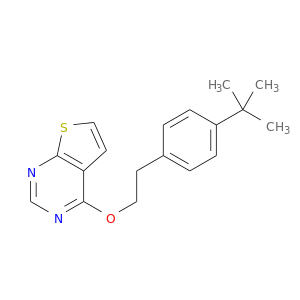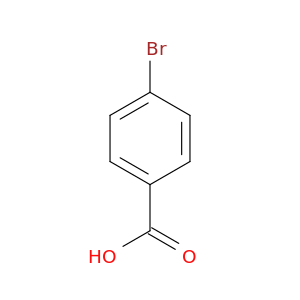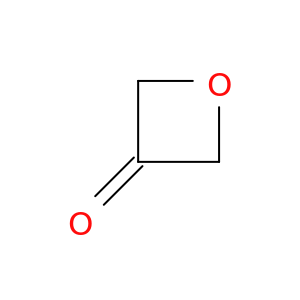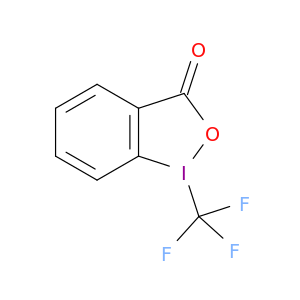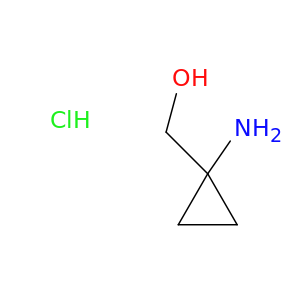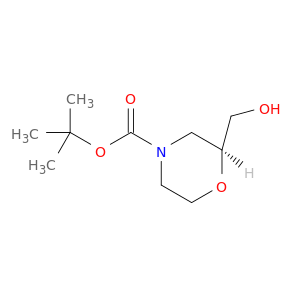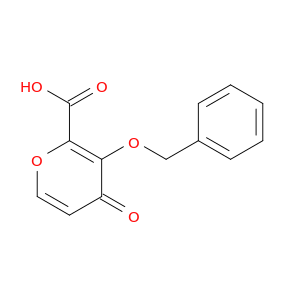200,000+ products from a single source!
sales@angenechem.com
Home > Other Building Blocks > 123-68-2
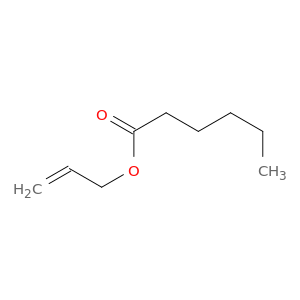
123-68-2 | Hexanoic acid, 2-propen-1-yl ester
CAS No: 123-68-2 Catalog No: AG000JWT MDL No:MFCD00038339
Product Description
Catalog Number:
AG000JWT
Chemical Name:
Hexanoic acid, 2-propen-1-yl ester
CAS Number:
123-68-2
Molecular Formula:
C9H16O2
Molecular Weight:
156.2221
MDL Number:
MFCD00038339
IUPAC Name:
prop-2-enyl hexanoate
InChI:
InChI=1S/C9H16O2/c1-3-5-6-7-9(10)11-8-4-2/h4H,2-3,5-8H2,1H3
InChI Key:
RCSBILYQLVXLJG-UHFFFAOYSA-N
SMILES:
CCCCCC(=O)OCC=C
EC Number:
204-642-4
UNII:
3VH84A363D
NSC Number:
20962
FEMA Number:
2032
Properties
Complexity:
119
Compound Is Canonicalized:
Yes
Covalently-Bonded Unit Count:
1
Defined Atom Stereocenter Count:
0
Defined Bond Stereocenter Count:
0
Exact Mass:
156.115g/mol
Formal Charge:
0
Heavy Atom Count:
11
Hydrogen Bond Acceptor Count:
2
Hydrogen Bond Donor Count:
0
Isotope Atom Count:
0
Molecular Weight:
156.225g/mol
Monoisotopic Mass:
156.115g/mol
Rotatable Bond Count:
7
Topological Polar Surface Area:
26.3A^2
Undefined Atom Stereocenter Count:
0
Undefined Bond Stereocenter Count:
0
XLogP3:
2.7
Literature
| Title | Journal |
|---|---|
| Quantification of allyl hexanoate in pineapple beverages and yogurts as a case study to characterise a source of uncertainty in dietary exposure assessment to flavouring substances. | Food additives & contaminants. Part A, Chemistry, analysis, control, exposure & risk assessment 20120101 |
| Semantic knowledge influences prewired hedonic responses to odors. | PloS one 20100101 |
| Synthesis of allyl esters of fatty acids and their ovicidal effect on Cydia pomonella (L.). | Journal of agricultural and food chemistry 20090610 |
| The effects of vehicles on the human dermal irritation potentials of allyl esters. | International journal of toxicology 20060101 |
| Olfactory event-related potentials in patients with brain tumors. | Clinical neurophysiology : official journal of the International Federation of Clinical Neurophysiology 20010801 |
| Allyl compounds selectively killed human immunodeficiency virus (type 1)-infected cells. | Biochemical and biophysical research communications 19930730 |
Related Products
Featured Products
© 2019 Angene International Limited. All rights Reserved.


